What Causes White Spots on Skin? When to Worry & How to Treat Them
Noticing white spots on skin can feel unsettling, especially when you’re unsure of the cause. These spots are common and often harmless, but sometimes they signal conditions needing medical attention. Let’s explore what causes white spots on skin, what’s safe to treat at home, and when to see a doctor.
Understanding White Spots on Skin
White spots often form due to loss of melanin—the pigment that colors skin—or from superficial skin debris like dead cells. Depending on the cause, they may appear as small dots or larger patches. While many are benign, some warrant evaluation by a dermatologist.
Typical causes include:
- Reduced melanin (hypopigmentation)
- Cell buildup under the skin
- Inflammatory reactions
Common Causes & Treatment Options of White Spots on Skin
Idiopathic Guttate Hypomelanosis (Sunspots)
Often seen in those over 40, sunspots are tiny, harmless drops of pigment loss—typically on the arms and legs, linked to sun exposure and aging. No treatment is necessary unless cosmetic concerns arise.
Treatment Options:
- Apply broad-spectrum sunscreen daily
- Reduce prolonged sun exposure, especially between 10 a.m. and 4 p.m.
- Use dermatologist-recommended skin-brightening creams
- Consider laser therapy or cryotherapy for stubborn spots
Tinea Versicolor
A common fungal infection in warm, humid climates. It appears as scaly patches that are lighter—or sometimes darker—than surrounding skin. Antifungal creams or oral treatments work well.
Treatment Options:
- Apply antifungal creams or lotions as recommended by a dermatologist
- Use medicated shampoos on affected skin areas
- Wear loose, breathable fabrics to reduce sweating
- Keep skin dry and avoid excessive heat or humidity
Pityriasis Alba
A mild eczema that leaves faint white patches, often on the cheeks of children and adolescents. Moisturizing and gentle creams typically resolve it over time.
Treatment Options:
- Apply fragrance-free moisturizers regularly
- Use gentle, non-irritating cleansers
- Avoid harsh soaps or skin scrubbing
- Protect skin from sun with sunscreen
Vitiligo
An autoimmune disorder causing loss of pigment in well-defined patches. Treatment options include topical steroids, phototherapy, and in severe cases, depigmentation therapy.
Treatment Options:
- Use topical treatments to stimulate pigment production
- Light-based therapies like Excimer Laser Treatment for targeted pigment restoration without affecting healthy skin.
- Cosmetic camouflage using Microblading & Micropigmentation to create natural-looking coverage.
- Strict sun protection to prevent further pigment loss.
Milia
Tiny white cysts common in infants and adults after skin irritation. Usually harmless and may disappear on their own or be removed by a professional.
Treatment Options:
- Exfoliate skin gently to prevent buildup
- Use mild retinoid creams as advised by a skincare professional
- Avoid heavy creams or pore-clogging products
- Seek professional extraction if milia persist
Other Possible Causes
Conditions like lichen sclerosus, morphea, sarcoidosis, and certain cancers may also produce white spots—though these are rare and usually accompanied by other symptoms.
Treatment Options:
- Consult a dermatologist for accurate diagnosis
- Follow targeted treatment based on underlying cause
- Monitor skin changes for any unusual growth or texture
- Maintain healthy skincare habits to prevent recurrence
When Should You Consult a Doctor?
Most white spots are benign, but seek evaluation if you observe:
- Rapid spread or increasing in number
- Itching, pain, or other symptoms
- Changes in shape, color, or texture
- Emotional distress affecting your daily life
A dermatologist may use a Wood’s lamp, scrapings, or biopsy to pinpoint the cause.
Other Treatment Options for White Spots on Skin
Medical Treatments
- Antifungal agents for tinea versicolor
- Topical steroids or phototherapy for vitiligo and eczema-related changes
- Cosmetic options like lasers or dermabrasion for persistent sunspots
At-Home Care
- Apply sunscreen daily, especially for sunspots
- Use gentle, fragrance-free moisturizers
- Avoid harsh exfoliants or chemicals
Lifestyle & Follow-Up
- Maintain balanced nutrition, hydration, and sun protection
- Consider Microblading & Micropigmentation for cosmetic improvement.
- Follow up with your dermatologist for progress checks.
Takeaway
White spots on skin are often harmless, resulting from environmental factors, skin infections, or minor conditions. Yet, some may require medical attention. Early diagnosis leads to better outcomes and peace of mind.
Frequently Asked Questions (FAQs)
- What causes small white spots on skin?
Sun damage (sunspots), fungal infections, mild eczema, or vitiligo are common causes. - Can white spots on skin be cancerous?
It’s rare. However, unusual or changing spots should be evaluated to rule out serious conditions. - How to remove white spots on skin naturally?
Gentle moisturizing and sun protection may help. Avoid unverified remedies without consulting a dermatologist. - Can vitiligo be treated effectively?
While there’s no cure, treatments like topical steroids and phototherapy can help restore pigmentation. - Do sunspots go away on their own?
No, they usually persist, though treatment options like lasers or topical creams may reduce their appearance. - Why do white spots appear more with age?
Cumulative sun exposure and reduced melanin production make sunspots more likely as skin ages. - Is a biopsy needed for white spots?
Only if diagnosis is unclear after a visual exam. Most cases are identified through professional evaluation alone.






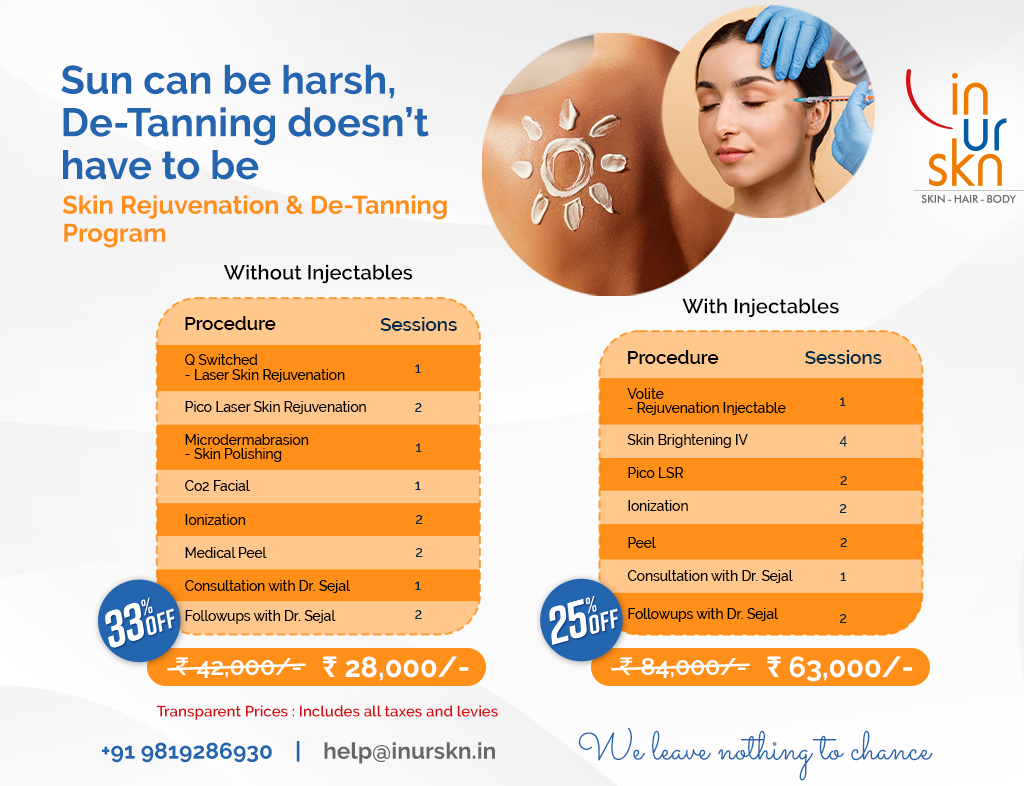














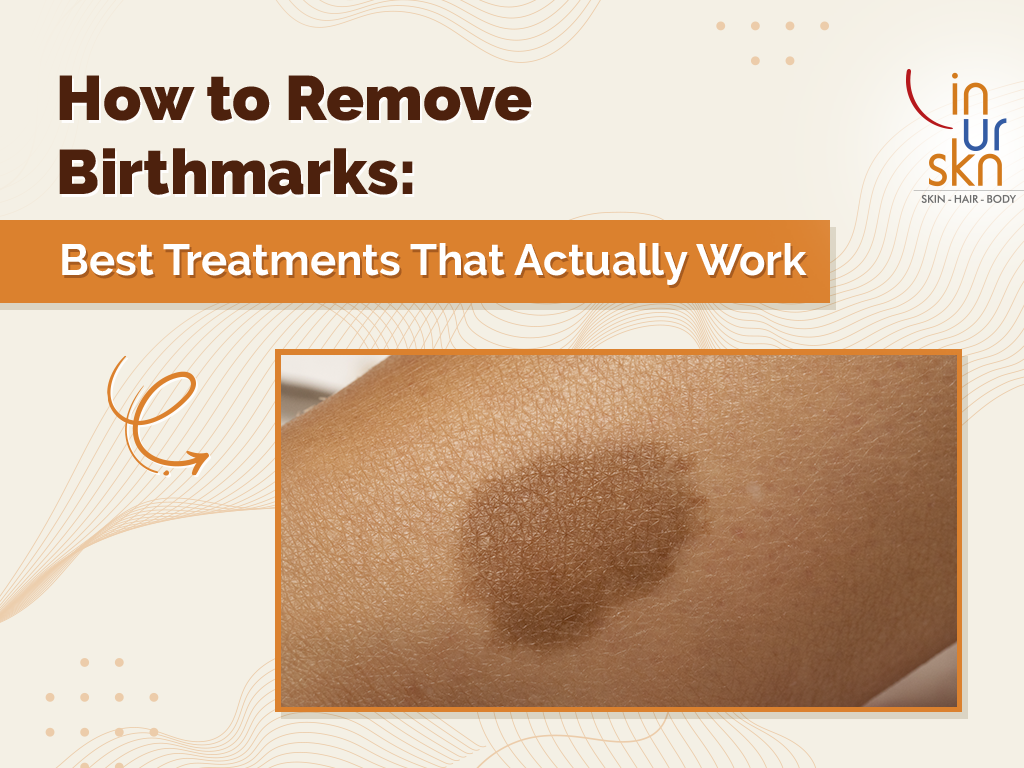

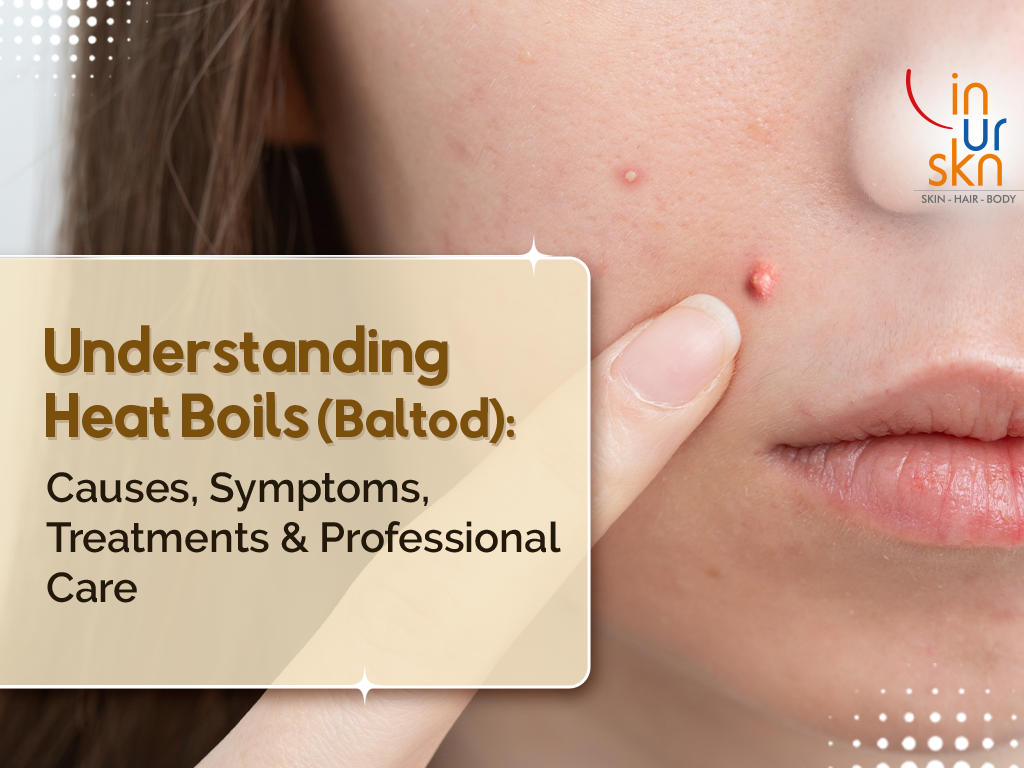
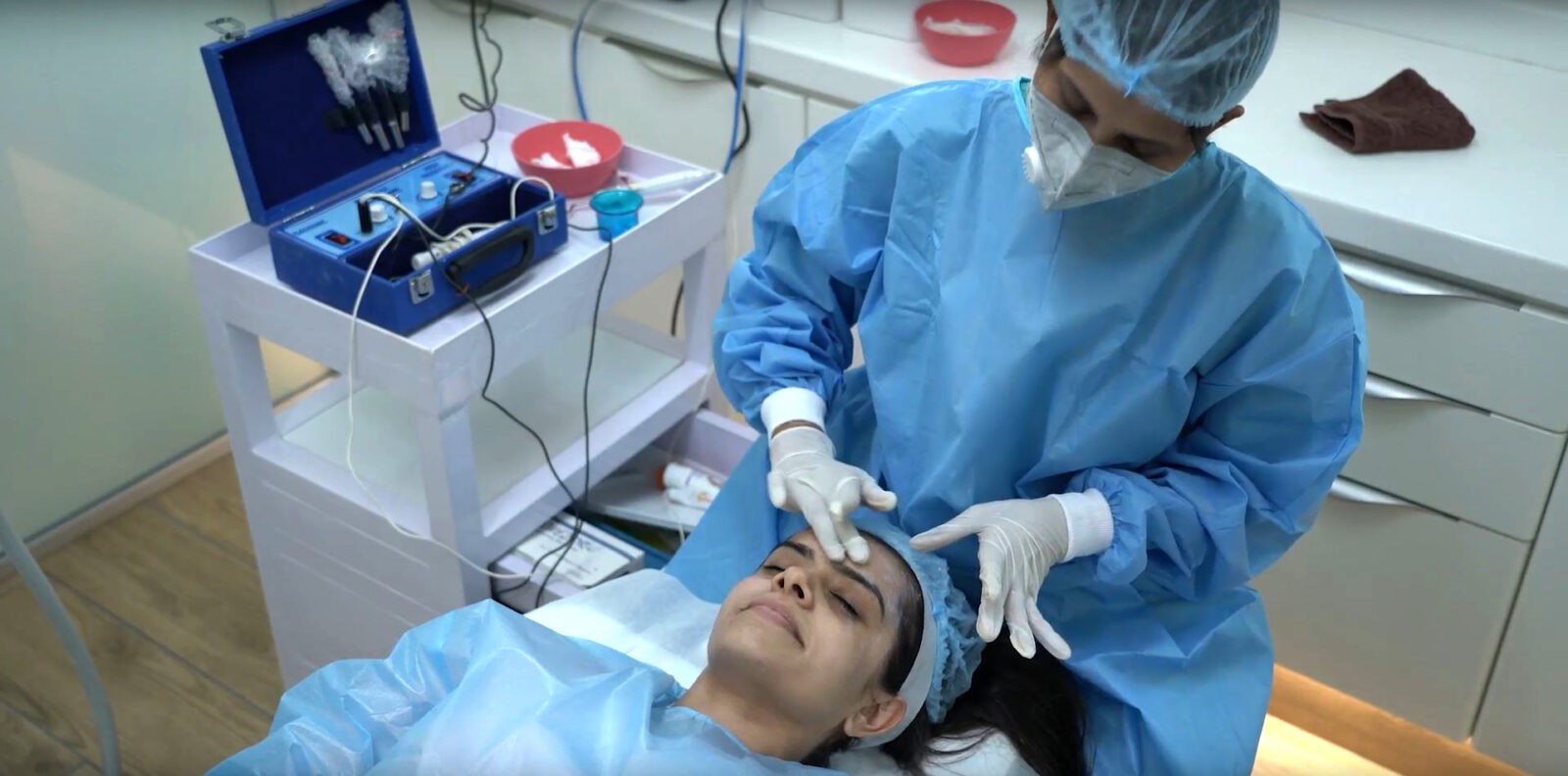
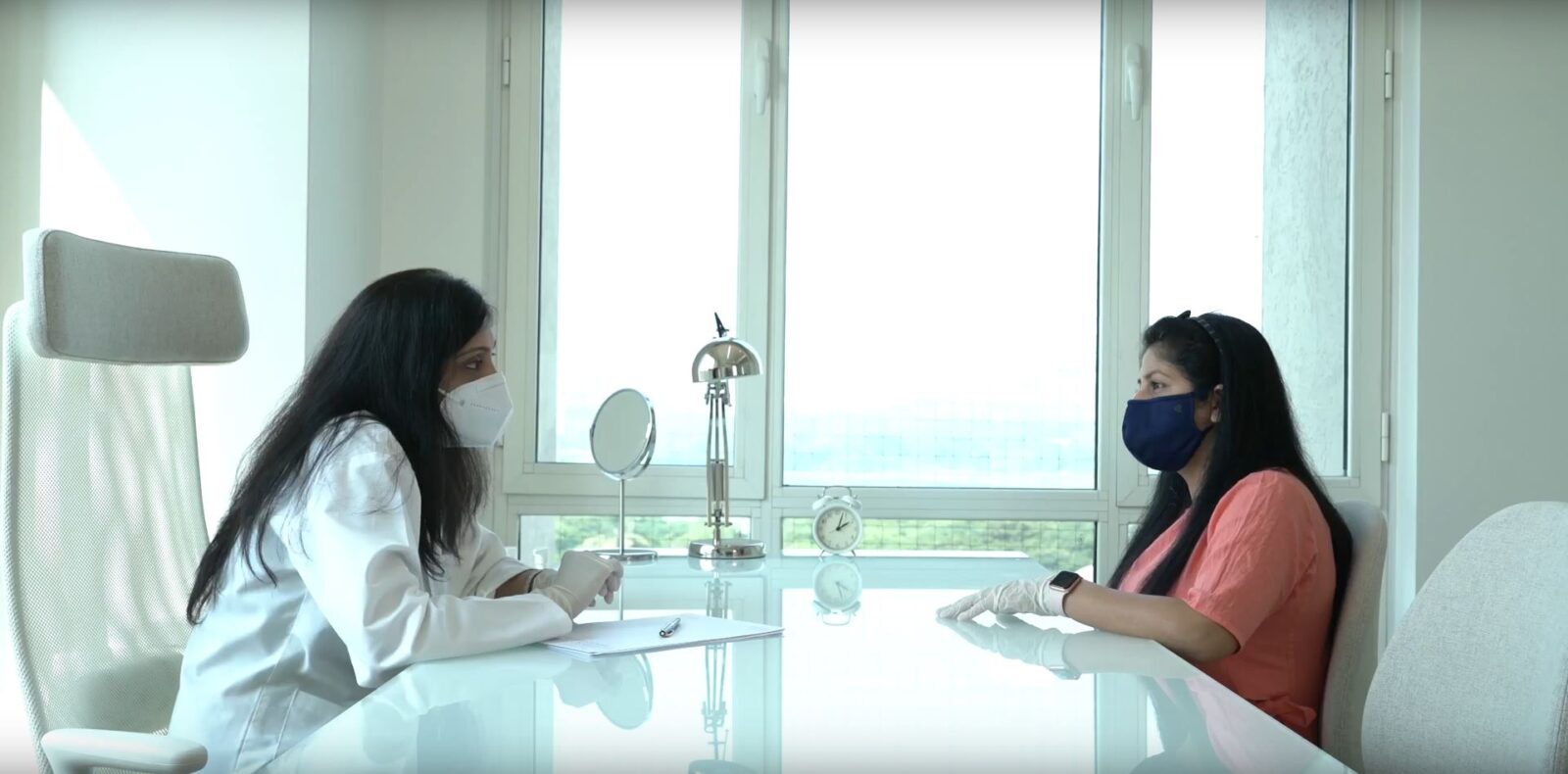

 Call us
Call us Book Appointment
Book Appointment Enquire
Enquire Location
Location




